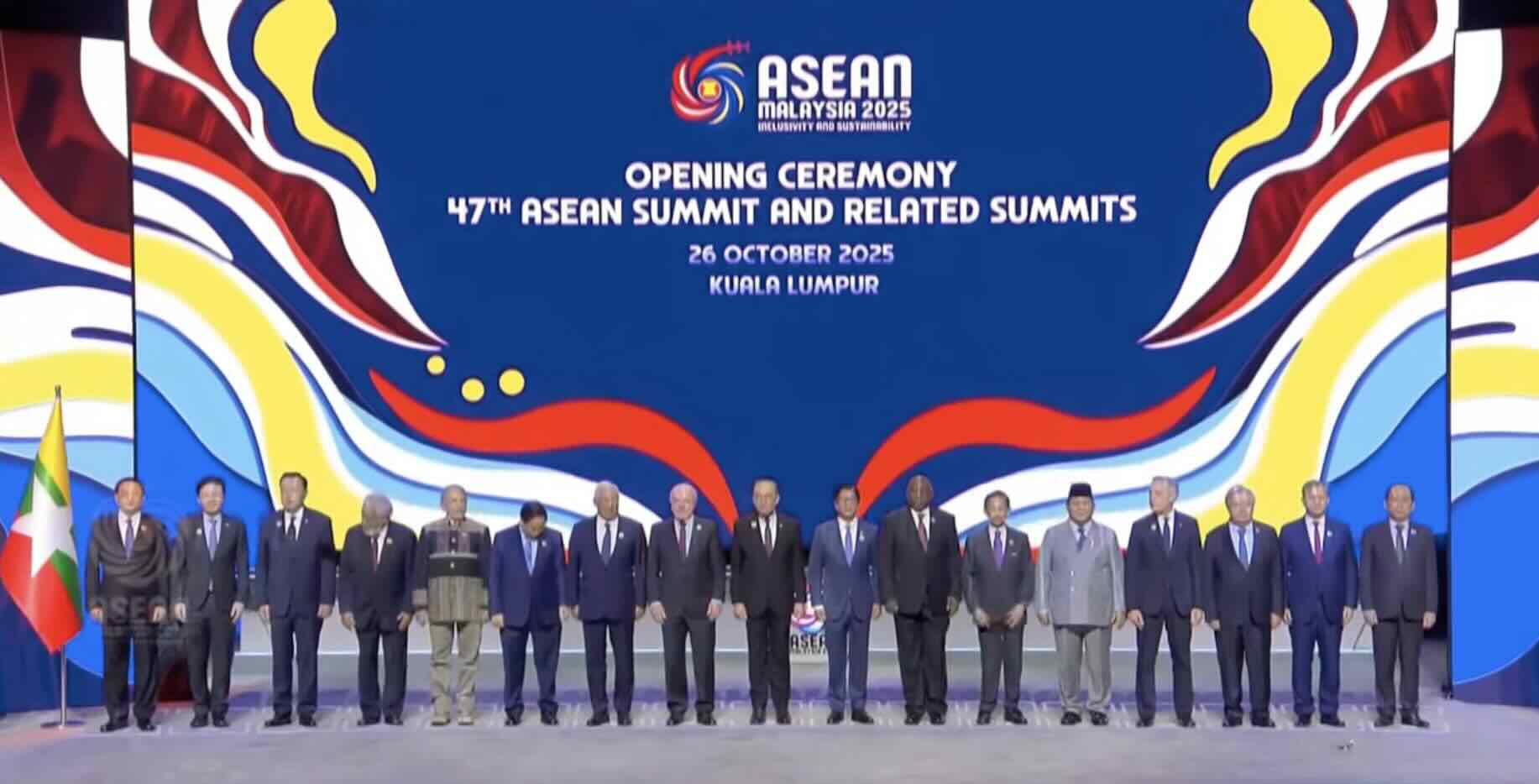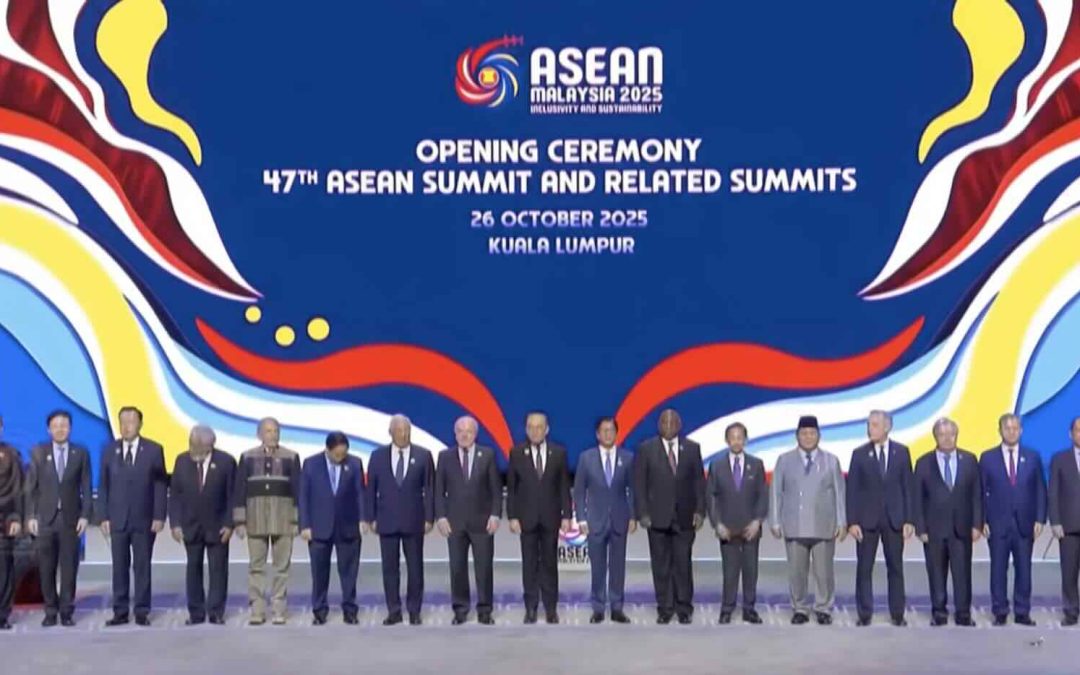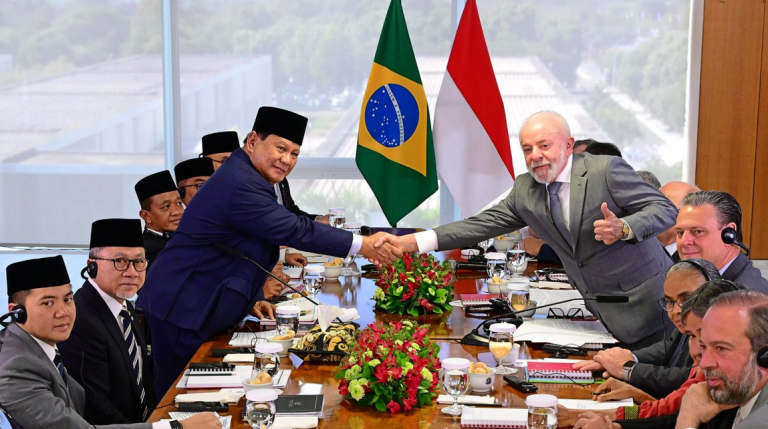The 47th ASEAN Summit marked several important milestones in ASEAN’s development as a regional organization. The signing of the Declaration on Timor-Leste’s Admission to ASEAN was a significant achievement in a series of efforts that had been underway since 2011.
Another significant achievement was Finland’s accession as an ASEAN dialogue partner. This was marked by Finland’s signing of the Instrument of Accession to the Treaty of Amity and Cooperation (TAC). ASEAN currently has 10 official dialogue partners supporting ASEAN regional cooperation: Australia, Canada, China, the European Union, India, Japan, New Zealand, the Republic of Korea (ROK), Russia, and the United States.
In addition to these two milestones, other significant achievements included the signing of the Second Protocol to Amend the ASEAN Trade in Goods (ATIGA), the 5th ASEAN Regional Comprehensive Economic Partnership (RCEP) Summit, and the ASEAN Prize presentation ceremony.
The Tight Schedule of ASEAN Summits
The most important characteristic of ASEAN’s achievements is the principle of inclusive cooperation among nations in the Southeast Asian region. ASEAN’s institutional image is far from exclusive, emphasizing only intensive relations among the ten ASEAN leaders. What stands out is ASEAN’s openness to establishing productive cooperation with ASEAN dialogue partners, even those geographically outside the Southeast Asian region.
Malaysia’s chairmanship in 2025 once again demonstrates ASEAN’s open character. In fact, Malaysia’s ability as ASEAN chair to convene global leaders seems to be an indicator of the success of one of ASEAN’s five founding members.
A series of leaders’ meetings will fill the ASEAN agenda in Kuala Lumpur from 26 to 28 October 2025. The ASEAN Summit, held on 26 October 2025 consisted of a series of plenary meetings and an ASEAN leaders’ retreat. In addition to ASEAN leaders, including the President and Prime Minister of Timor-Leste, a new member of ASEAN, the plenary session was attended by the Prime Minister of Canada, the President of the European Council, and the Managing Director of the International Monetary Fund (IMF).
Next, on 27 October 2025, ASEAN leaders will attend the ASEAN Plus One Summit, each attended by ASEAN’s dialogue partners. ASEAN Chair hosts seven ASEAN Plus One Summits where leaders of ASEAN and its respective dialogue partners: Australia, China, India, Japan, the Republic of Korea, Russia, and the United States of America separately met to discuss relevant issues regarding their cooperation.
ASEAN chairmanship will also host the ASEAN Plus Three Summit, the East Asia Summit, the ASEAN-United Nations Summit, and the ASEAN-New Zealand Commemorative Summit.
The ASEAN Plus Three Summit serves as a forum for ASEAN leaders to meet with the leaders of China, Japan, and the Republic of Korea. The summit is intended to review progress achieved within the APT framework and the direction of future cooperation. The focus of cooperation within the APT framework includes the digital economy, maritime cooperation, energy, connectivity, health, and education.
The East Asia Summit involved 19 participants from ASEAN member states, Australia, China, India, Japan, New Zealand, the Republic of Korea, the Russian Federation, and the United States of America. The summit marked 20 years of cooperation between East Asian countries. Strategic, political, and economic issues were discussed at the summit in an effort to achieve regional peace, stability, and prosperity in East Asia. Malaysia also invited the President of Brazil, in his capacity as BRICS Chair, and the President of South Africa, in his capacity as G20 Presidency.
The ASEAN-New Zealand Summit marked 50 years of dialogue relations between ASEAN and New Zealand. The ASEAN-New Zealand Summit also announced the establishment of the ASEAN-New Zealand Comprehensive Strategic Partnership (CSP).
Amidst these meetings, Malaysia also hosted the 5th Regional Comprehensive Economic Partnership (RCEP) Summit and the third Asia Zero Emission Community (AZEC) leaders’ meeting.
ASEAN’s Unfinished Homeworks: Intensifying Intra-Regional Cooperation & Realizing a People-Centered Community
ASEAN’s openness to partnerships with countries outside ASEAN has at least two strategic implications.
First, intra-regional cooperation in many development fields and sectors has progressed more slowly than extra-regional cooperation with partners outside ASEAN. Trade among ASEAN countries currently accounts for only 24-26 percent of total trade, while trade with external trading partners accounts for around 74-76 percent. For most ASEAN countries, their largest trading partners are actually countries outside ASEAN. This reflects the pace of trade cooperation that is characteristically ASEAN, with its inclusive nature. The ASEAN market is a very open one.
Second, ASEAN remains a highly state-centric and elitist organization, nearly six decades after its formation in 1967. ASEAN remains a highly representative association of governments, busy with numerous intergovernmental meetings.
There is room for non-governmental actors, such as non-governmental organizations and academics, to hold various informal meetings. However, in essence, the agreements made seem blunt and ad-hoc, and do not have a significant, sustainable impact.
Institutionally, ASEAN still places the state as the primary responsible party for realizing ASEAN declarations.
ASEAN faces a significant amount of urgent work to realize its vision of a people-centered community, a community that truly places the people as the primary actors in regional cooperation. This people-centered community vision has been echoed repeatedly in previous ASEAN Summits. This ambitious goal was initially targeted for achievement by 2015; that year, the target was reiterated, aiming for 2025. At the 47th ASEAN Summit in Kuala Lumpur, this vision was reiterated with a target of 2045.
At each summit, ASEAN has been highly creative and productive in formulating grand visions. However, what is truly worrying is how ASEAN itself can truly realize these grand visions. It’s no surprise that, over the next ten or twenty years, ASEAN leaders will revisit previously declared visions, but with new formal formulations.
Author: YP Hermawan
References:







